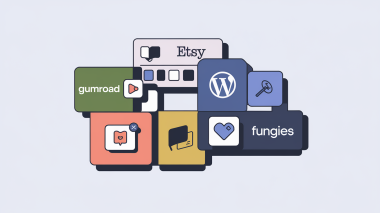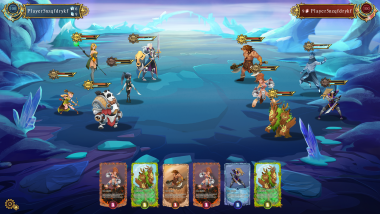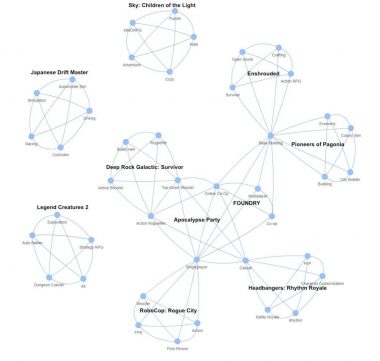In the bustling digital marketplace, indie game developers are constantly vying for the attention of potential players. Amidst this competition, Conversion Rate Optimization (CRO) emerges as a cornerstone for indie game web shops. This invaluable strategy revolves around enhancing a website’s elements to maximize the percentage of visitors who take a desired action, such as making a purchase or signing up for a newsletter. For indie developers, particularly those striving to make their mark, CRO can mean the difference between a thriving online storefront and one that struggles to retain visitor interest.
As we delve deeper into this topic, we’ll unpack actionable strategies tailored to the unique needs of indie game web shops. From mastering compelling CTAs to streamlining user flows, we aim to equip you with insights that not only increase conversions but also enhance the overall user experience. So, whether you’re just setting up your game web shop or looking to refine an existing one, this guide promises to be a valuable resource in your CRO journey.
Grasping the Fundamentals: Defining Conversion Rate for Game Web Shops
What Exactly Is Conversion Rate?
The term “conversion rate” might sound technical, but its concept is straightforward. Within the realm of game web shops, conversion rate denotes the percentage of website visitors who undertake a specific desired action. This action could range from purchasing a game, signing up for a newsletter, downloading a free demo, or any other measurable user activity.
For instance:
Iif you have 1,000 visitors on your indie game website in a day and 100 of them decide to purchase a game, then you’re looking at a conversion rate of 10%.
The Metric Beyond the Number
But why does this metric matter so much? The significance of the conversion rate extends far beyond the surface-level percentage. It serves as an essential gauge for understanding the effectiveness of your web shop’s layout, content, and overall user experience. A game shop’s primary goal is to convert passive visitors into active customers, and this number provides insight into how well that’s being achieved.
The Pivotal Role in Sustained Success
Improving and monitoring this particular metric should be a priority for indie game developers. An enhanced conversion rate often means more sales without a need for increasing traffic, leading to a more efficient and profitable web shop. For indie developers, where resources might be limited, ensuring that each visitor is more likely to make a purchase can spell the difference between a thriving game shop and one that’s struggling to gain traction.
Crafting Captivating CTAs: A Game Changer for Indie Web Shops
In the world of indie game web shops, every click counts. The Call-to-Action (CTA) is more than just a button; it’s a direct communication with your audience, urging them to take that next step. Whether it’s downloading a demo, purchasing a full version, or even just signing up for a newsletter, the effectiveness of your CTAs can significantly influence your web shop’s success. Let’s delve into the nuances of crafting CTAs that resonate with the indie gaming community.
The Power of Eye-Catching Design

An effectively designed Call-to-Action (CTA) button isn’t just a mere clickable element on your web shop; it’s the gateway to a desired user action. Whether you want players to pre-order, download, or explore a game demo, your CTA’s design should be compelling enough to draw attention. Utilize contrasting colors, distinct shapes, and appropriate sizes. Remember, your CTA should stand out, but not at the cost of disrupting the overall aesthetic of your site.
Strategic Positioning for Optimal Engagement
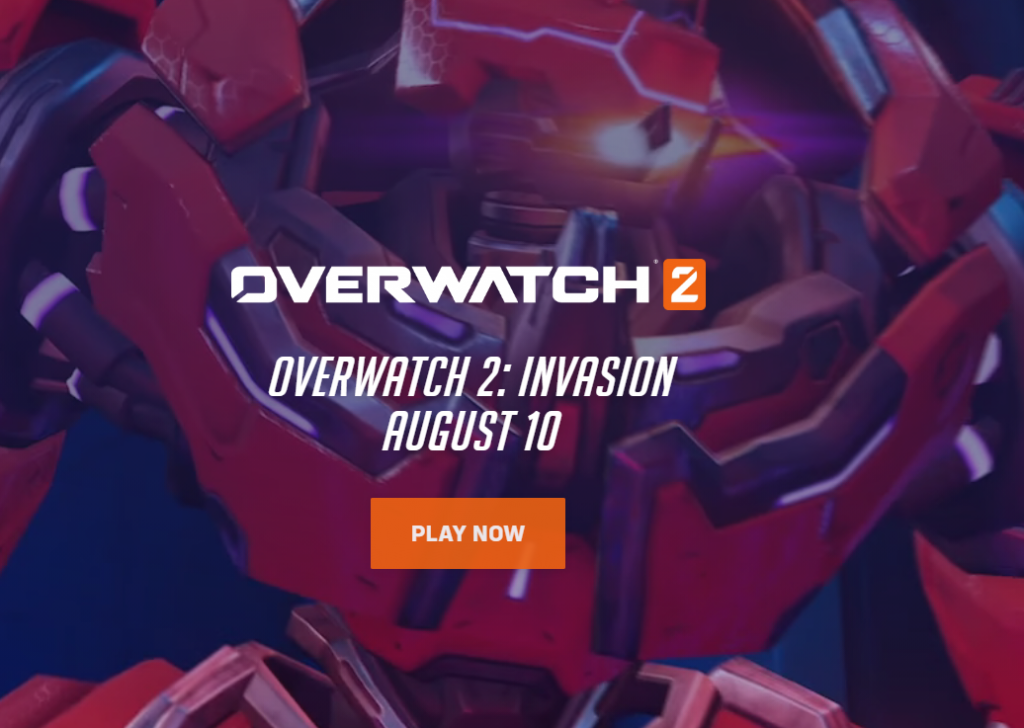
Even the most beautifully designed CTA will fall short if it’s hidden away in a corner. Position is crucial. Consider placing your CTA at strategic points of the user journey, such as right after an engaging game trailer or a glowing testimonial. A/B testing can also be beneficial to identify the ‘sweet spots’ on your page where the CTA garners maximum visibility and clicks.
Tailoring Your Message to the Indie Gamer

Your CTA text is the final push that propels a visitor to take action. It needs to resonate with the indie gaming community. Instead of generic phrases like “Buy Now,” consider more personalized options like “Dive into the Adventure” or “Unleash the Indie Magic.” This crafted approach speaks directly to the passion and enthusiasm of indie game enthusiasts, making them more likely to engage.
Showcasing Your Indie Game: Beyond the Basics
In the bustling realm of indie gaming, standing out is a mixture of art and strategy. A potential player’s decision to purchase can often boil down to how well you present your game on your web shop. It’s more than just visuals; it’s about capturing the essence of your game and stirring a genuine interest. Dive in as we explore methods beyond traditional screenshots to make your game shine.
Engaging Multimedia: Not Just a Luxury
Modern gamers expect more than static images. Trailers, short gameplay snippets, and interactive demos can offer a tantalizing glimpse into your game’s world. This dynamic content can ignite excitement, setting the stage for a potential purchase.
Crafting Descriptive Yet Intriguing Game Narratives
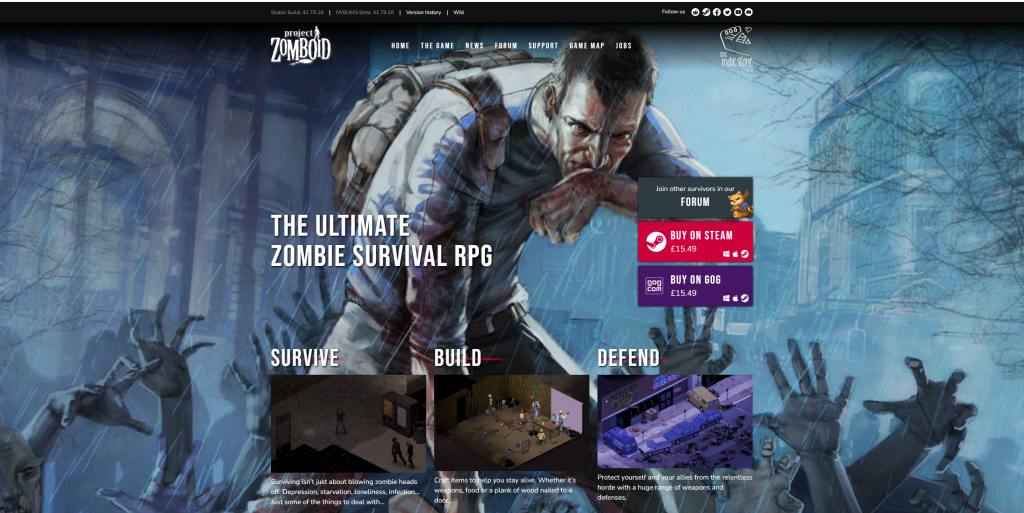
Your game description should strike a balance between detailing key features and maintaining a shroud of intrigue. While it’s essential to highlight gameplay mechanics and unique elements, ensure you’re also crafting a narrative that beckons gamers to explore further.
The Undeniable Impact of Social Proof
In the digital age, reviews and testimonials hold immense power. Highlighting positive feedback from gamers and industry experts can bolster credibility. When potential buyers see others singing praises, it creates a trust factor, making them more likely to take the plunge and purchase.
Optimizing User Experience: From Browsing to Buying
In a digital storefront, particularly for indie games, the journey between discovery and purchase should be as intuitive and hassle-free as possible. By fine-tuning the user flow, indie developers can ensure that potential players remain engaged and move effortlessly through the conversion funnel. Here’s how you can achieve that seamless navigation and make informed adjustments based on real user data.
Effortless Checkouts
One of the quickest ways to lose a potential sale is a convoluted checkout process. By simplifying and streamlining checkout steps, you reduce friction and make it easier for gamers to finalize their purchase. The faster and more intuitive the process, the better the chances of conversion.
Effective Game Categorization and Search

An organized game web shop allows users to find what they’re looking for without getting overwhelmed. Implement clear game categories and an efficient search function to help potential players quickly navigate to their desired game or genre.
Ensuring Cross-Device Smoothness
The proliferation of devices means gamers could be accessing your web shop from a desktop, tablet, or mobile device. Prioritizing mobile responsiveness ensures that the user experience remains consistent and smooth, irrespective of the device in use.
Gleaning Insights from User Analytics
Data doesn’t lie. By harnessing analytics tools, indie developers can gather valuable insights into user behavior. These findings can guide adjustments, from redesigning certain web pages to tweaking the navigation structure, all aimed at enhancing the overall user experience and boosting conversions.
Harnessing Data-Driven Decisions: Navigating User Behavior
For indie game web shops aspiring to maximize conversions, diving deep into user behavior analytics isn’t just recommended; it’s essential. By leveraging the right tools and adopting a continuous improvement mindset, developers can finetune their web shops based on real user interactions, ensuring a more tailored and optimized shopping experience.
Selecting the Right Analytical Tools
There’s a plethora of platforms available today that track user behavior in real-time, from where users click to how long they stay on a page. Tools like Google Analytics, Hotjar, and Mixpanel offer valuable insights, allowing indie developers to comprehend how visitors navigate their web shop.
Spotting the Drop-off Points
Understanding where potential gamers leave your web shop can be as crucial as knowing where they engage the most. By analyzing these drop-off points, developers can pinpoint areas that may be causing confusion or hindrance, and then strategize on how to rectify these pain points.
Embracing A/B Testing
It’s all about trial and refinement. A/B testing involves presenting two versions of a page element to see which one performs better in terms of conversions. Whether it’s tweaking a CTA button’s color or altering product description layouts, iterative testing allows for constant refinement based on real user preferences and behaviors.
Amplifying Trust: The Role of Social Proof and Community in Indie Game Web Shops
In an age where the voice of the gamer carries significant weight, the integration of social proof and community engagement in your web shop can act as a seal of trustworthiness and quality. By leveraging these elements, indie developers not only foster loyalty but also build a community around their titles, driving both interest and sales.
The Impact of Reviews and Testimonials
A positive review, testimonial, or high rating can significantly sway a potential buyer’s decision. By prominently showcasing these on your game web shop, you’re essentially letting your satisfied gamers do the marketing for you, offering an authentic endorsement of your game’s worth.
Harnessing the Power of Social Media

Today, a game’s buzz isn’t just confined to its official website. Incorporating live social media feeds and mentions into your web shop keeps the content fresh and showcases real-time interactions and feedback. It gives prospects a glimpse into the broader conversation happening around your game in the digital world.
Encouraging User-Generated Content
Nothing spells engagement more than user-generated content. By providing platforms for gamers to share their experiences, stories, or even fan art, you’re not only enriching your web shop’s content but also creating a sense of community. This collaborative atmosphere can transform casual visitors into engaged community members and, ultimately, loyal customers.
Maximizing Conversions with Exclusive Perks
For indie game developers, standing out in the saturated market is crucial. One of the most potent ways to differentiate your web shop and incentivize conversions is through exclusive offers. By creating a sense of urgency and exclusivity, developers can entice gamers to take immediate action, be it a purchase, a sign-up, or a share.
Limited-Time Deals and Bundles
Everyone loves a good deal. Offering limited-time discounts or bundling multiple games and extras together can create an irresistible proposition. When visitors perceive they’re getting more value for their money, the likelihood of a conversion significantly increases.
Rewarding Loyalty with Early Access
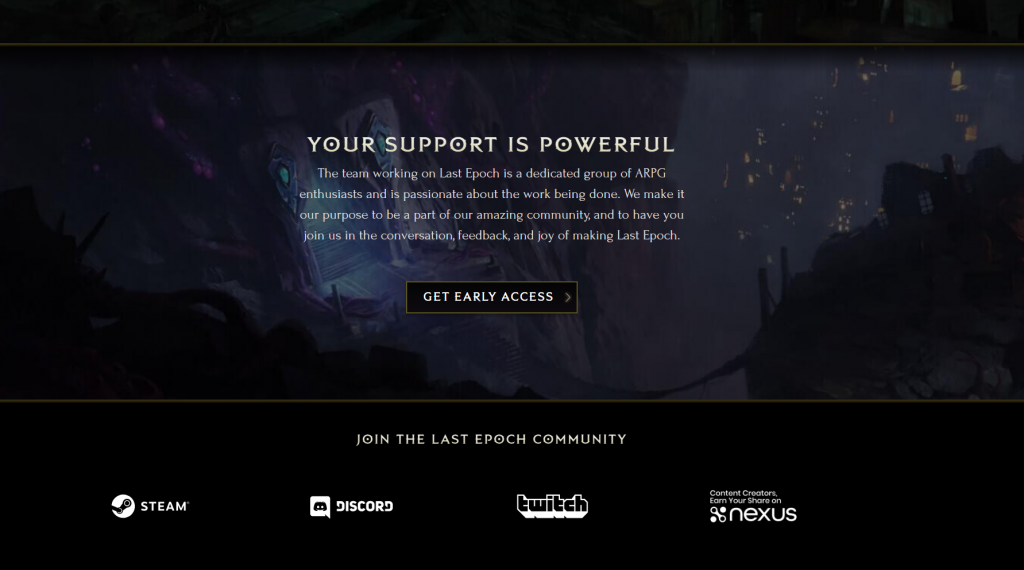
For the dedicated fans eager to dive into new adventures, offering early access or beta testing opportunities can be a game-changer. Not only does it make loyal customers feel valued, but it also fosters a deeper connection between the gamer and the game, often leading to word-of-mouth recommendations.
Loyalty Programs: Beyond the First Purchase
A one-time purchase is great, but repeat customers are the lifeblood of any successful business. Implementing loyalty programs, where gamers earn points or rewards for each purchase, encourages them to return. Over time, this not only boosts sales but also builds a community of dedicated fans, continually engaged with your offerings.
Tapping into the Mobile Gaming Market
In today’s digital ecosystem, mobile devices have firmly established themselves as a dominant force. Indie game developers, aiming to maximize their reach, cannot afford to overlook the potential of the smartphone audience, especially when it comes to their web shops.
The Necessity of Mobile-Optimized Game Web Shops
As more users shift their online browsing and shopping habits to mobile devices, having a mobile-optimized design for your game web shop becomes paramount. It’s not just about looking good on smaller screens; it’s about delivering an intuitive user experience that aligns with mobile navigation habits.
Prioritizing Speed and User-Friendly Interfaces
Mobile users are known for their short attention spans. A game web shop that lags in load time risks losing potential customers within seconds. Furthermore, touch-friendly interfaces, with easily tappable buttons and smooth scroll functions, are crucial. Every interaction should feel natural and effortless, ensuring that the path to purchase is as seamless as possible.
Embarking on the Ongoing Voyage of CRO
Conversion Rate Optimization isn’t just a chapter in the book of a successful web shop; it’s the underlying narrative that continuously evolves.
The Dynamic Landscape of CRO
As technology advances, user preferences shift, and the digital landscape transforms, the practices of CRO follow suit. This isn’t a static field. It’s ever-changing, demanding regular updates, tweaks, and shifts in strategy to stay ahead of the curve and meet the expectations of discerning gamers.
An Unending Commitment for Indie Developers
For indie game developers, it’s essential to understand that CRO isn’t a box you tick and then forget. It’s a commitment to constant improvement, an ongoing strategy that requires vigilance and adaptability. By treating CRO as an iterative process, indie developers can ensure their web shops remain optimized, relevant, and ready to convert visitors into loyal customers.

